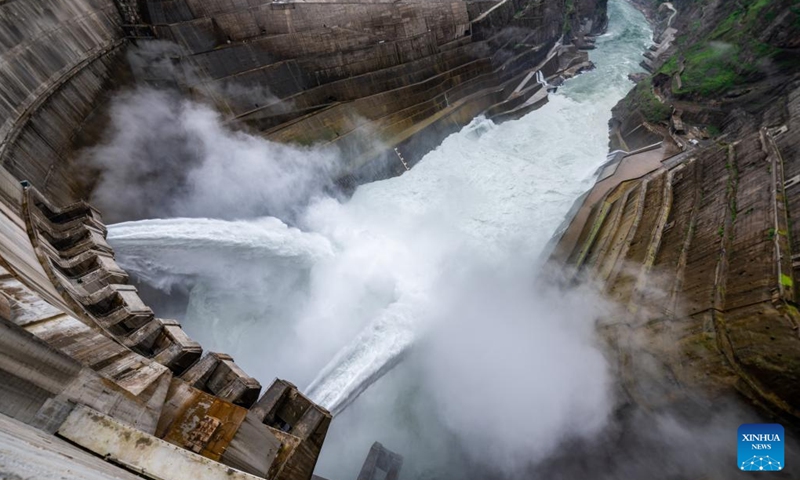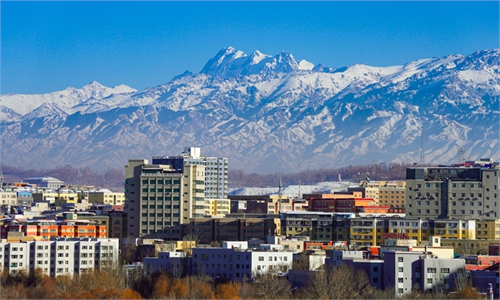
The daily amount of power generated by six cascade hydropower stations on the Yangtze River operated by China Three Gorges Corporation (CTG) has recently hit a record high of 1.3 billion kilowatt-hours (kWh), as the group ramps up efforts to ensure regional stable electricity supply during the summer power usage peak.
On June 30, a total of 100 generator units of the six stations were working at the same time, accounting for 97 percent of total generator capacity in service, ensuring safe and stable power supply in relevant regions, CTG said in a recent post on its official WeChat account.
The stations include Wudongde, Baihetan, Xiluodu, Xiangjiaba, the Three Gorges and Gezhouba. They have formed the world's largest clean energy corridor. The China Yangtze Power Co, a subsidiary of CTG, has been improving its capacity in large-scale hydropower operation and management, giving full play to the comprehensive benefits of the clean energy corridor.
By the end of 2021, the six hydropower stations had 101 generator units in service, with installed capacity of more than 62 million kilowatts, representing around 16 percent of the country's total output, according to a press release by the State-owned Assets Supervision and Administration Commission of the State Council in May.
With large power output and strong power regulation capacity, the six power stations effectively addresses a power shortage in Central and East China, Southwest China's Yunnan and Sichuan provinces as well as South China's Guangdong Province, it said.
It plays an important role in ensuring safe and stable operation of power grids, supporting the country's west-to-east power transmission program and contributing to the country's goal of reaching peak carbon dioxide emissions by 2030 and achieving carbon neutrality by 2060.



